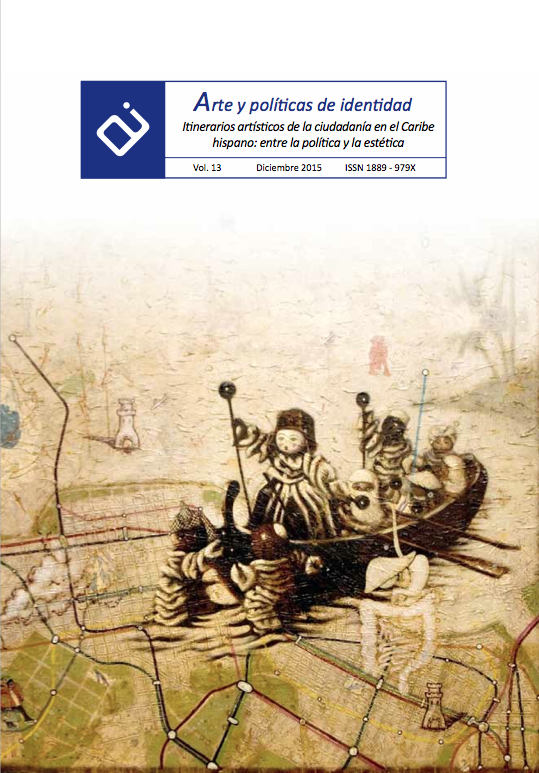Monte criollo and Palermo. Hybridization of Gangster Movies, Film Noir and the Imaginary of Criollismo and Tango Tradition.
Abstract
The following paper analyzes Arturo S. Mom ́s movies Monte criollo (1935) and Palermo (1937) as two examples of the first approaches of Argentine cinema to the genre thriller or crime film. In that sense, I discuss the ways in which these films takes up, on the one hand, some topics and patterns of the film noir and the gangster movie, that is, models of Classical Hollywood Cinema, and on the other, merge these traditions with aspects of contemporary popular culture from Argentina, elements of Criollismo and tango tradition. In this hybridization, some motives that the literary and cinematic traditions had placed in the field of villainy are resignified, for example eloquence and the seduction of a nice voice-that in the gothic and detective fiction tradition were identified with evilness-are now ennobled, based on the premise of the tango singer ́s heroism. I also try to show how a particular local crime, kidnapping and murder of Eugenio Pereyra Iraola, changes the film representation of criminals at that time, and, furthermore, how these movies discuss female and male archetypes of the time and propose new models of gender identities.Downloads
Download data is not yet available.
Metrics
Views/Downloads
-
Abstract334
-
PDF (Español (España))478
26-01-2016
Pablo Setton, R. (2016). Monte criollo and Palermo. Hybridization of Gangster Movies, Film Noir and the Imaginary of Criollismo and Tango Tradition. Arte Y Políticas De Identidad, 13(13), 251–268. https://doi.org/10.6018/251001
Articles
Works published in this journal are subject to the following terms:
- The Service of Publications from the University of Murcia (publishing house) keeps the published works’ copyrights, and favors and allows the reuse of these works under the license indicated in point 2.
- Works are published in the journal’s online edition under the license Creative Commons Reconocimiento-NoComercial-SinObraDerivada 3.0 España(texto legal). They can be copied, used, disseminated, transmitted and publicly exhibited, as long as: i) the author and original source of publication are cited (journal, publishing house and work’s URL); ii) they are not used for commercial purposes; iii) the existence and specifications of this license are mentioned.
3. Conditions for auto-file. It is allowed and encouraged that authors share electronically their pre-print version (the pre-reviewed version) and /or post-print version (the reviewed and accepted version) of their Works before the publication, since it promotes its circulation and dissemination. RoMEO color: green.










